Banded Cricket, Decorated Cricket, Tropical House Cricket Gryllodes sigillatus
Family: Gryllidae Subfamily: Gryllinae
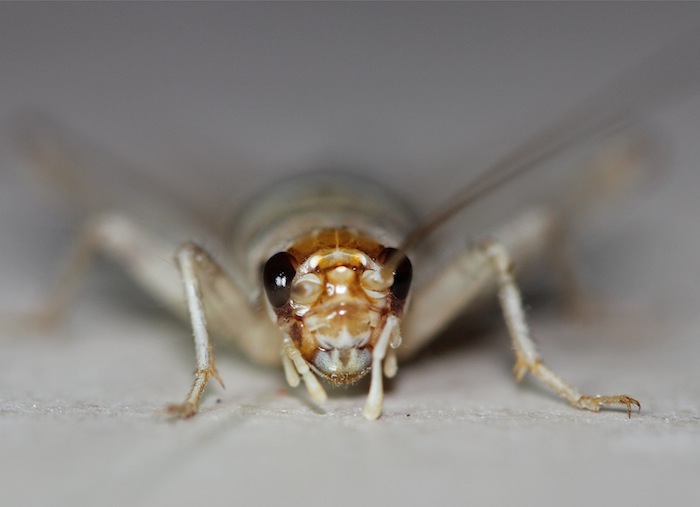

Female, Kgalagadi Transfrontier Park
Identification
They are 13 to 18 mm long, light yellowish-brown, somewhat flattened cricket. Males have wings that only half cover the abdomen and females are practically wingless. The space between the antennae is narrow (about the width of the basal segment of either antenna), and there is a single dark transverse band between the eyes.
Distribution
It is probably native to southwestern Asia but has been spread by commerce globally throughout the world.
Habitat
Common in urban areas and are most frequently found outdoors in or near paved areas. At night they issue from hiding places, such as crevices between pavement blocks, to forage (like roaches) and sing (like crickets). When they move into buildings, as they occasionally do, their songs reveal their presence.
Song
The calling song (690 Kb wav file) consists of a sequence of brief chirps, each with three principal pulses. Within a chirp, each pulse represents a closure of the wings while a scraper on one wing engages a toothed file on the other. The pulses of a chirp grow successively longer as 1/2, 3/4 and the entire file is used. Only males call.
Listen to their song
Mating
When a female is attracted to the song, courtship ensues. In the cricket,
Gryllodes sigillatus, males transfer to females a two-part spermatophore containing a sperm-filled ampulla and a gelatinous, nutrient-rich spermatophylax (nuptial gift) on which the female feeds while the sperm pass into her internal sperm receptacle. The bigger the mass, the longer the sperm may have to enter, because the female usually eats all or part of the covering prior to removing the spermatophore proper.
Life Cycle
There is no special overwintering stage and generations are continuous. Depending on the temperature, development from egg to adult takes two to three months.




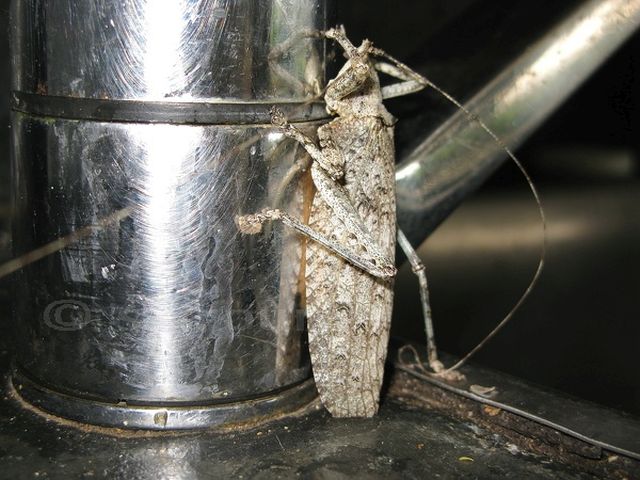




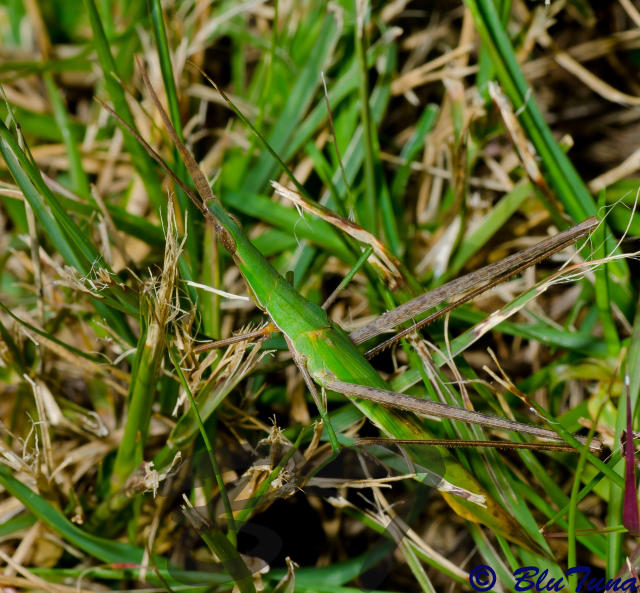 © BluTuna
© BluTuna © BluTuna
© BluTuna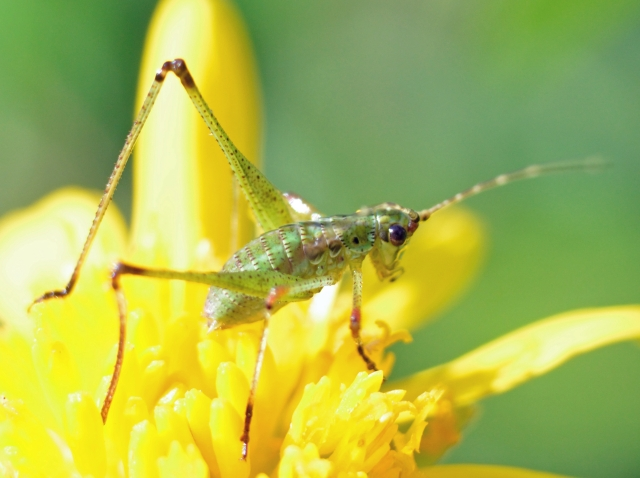 © BluTuna
© BluTuna © Hawkeyes
© Hawkeyes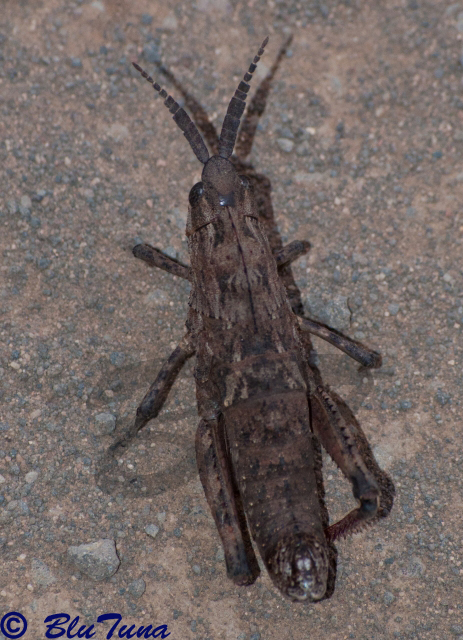 © BluTuna
© BluTuna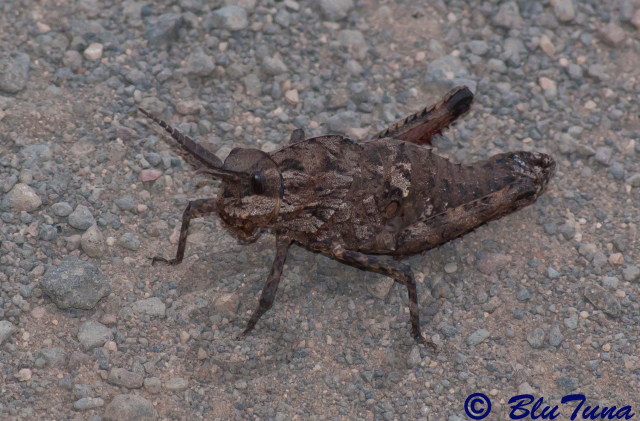
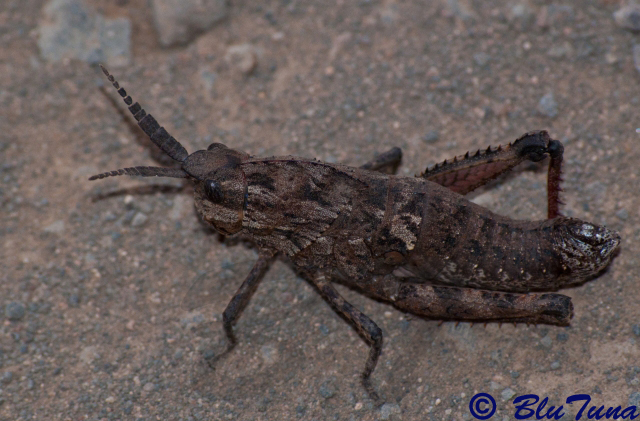 © BluTuna
© BluTuna